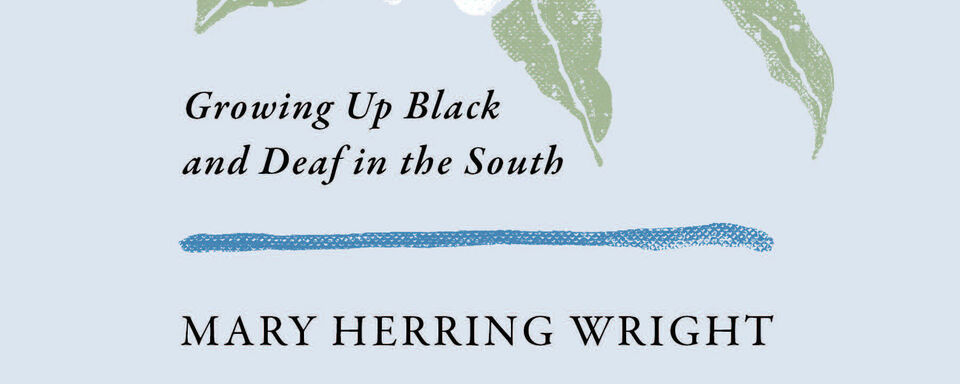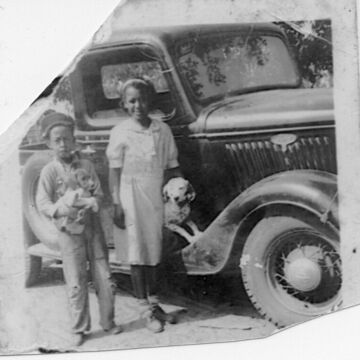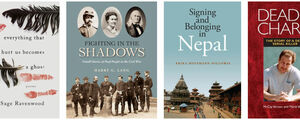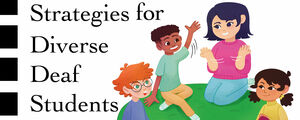
Celebrate Black History Month
From Joseph Hill and Carolyn McCaskill's Introduction to the Twentieth Anniversary Edition of "Sounds Like Home: Growing Up Black and Deaf in the South"
It was such an honor for us to meet Mary Herring Wright, a Black Deaf author who wrote her memoir as a Black Deaf student attending a segregated school for deaf students. During the summer of 2007, we traveled to Wallace, North Carolina, for an interview as part of the Black ASL project. Mary’s daughter answered the door and brought us into the living room where Mary sat patiently with her sweet and gentle smile. The purpose of the Black ASL project was to gather Black Deaf participants’ historical accounts of their segregated or integrated schools and to record how they used to sign certain concepts. But with Mary, it was like history came alive as she told us stories about being a young girl at the North Carolina School for the Colored Deaf and Blind (NCSCDB) in Raleigh, North Carolina. The Black ASL research team was captivated by her tales and her unique signs; for this reason, her interview recording was the longest of all.
Mary’s memoir (along with the collection of photos in the book) gives us a rare look into the daily lives of students, teachers, and administrators at NCSCDB. For us, the narratives and photos are just as important as the linguistic evidence that we collected and published in The Hidden Treasure of Black ASL. While our book validates the existence of Black ASL based on historical and community sources, the memoir reanimates the memories and souls of Black Deaf students trapped in the historical documents. It saddened us to learn that historical documents and photos were promptly discarded when the facilities of the formerly segregated deaf schools were demolished or repurposed. The remaining documents and photos are still in the hands of aging former students and their descendants, but within the next generations, those historical materials may be discarded as well. Memoirs such as Mary Herring Wright’s Sounds Like Home and Maxine Childress Brown’s On the Beat of Truth (her mother also attended NCSCDB) serve as a permanent witness to the lives of Black Deaf people and as a reminder that some historical documents are the physical memories that are waiting to be reanimated through such memoirs.
Although this memoir is Mary’s story, this is our story as well. We as Black Deaf people find ourselves in her story. Carolyn, as one of the authors of the introduction, was taken back to the days when she attended the Alabama School for the Negro Deaf and Blind as a child. Memories that she had buried deep into her psyche came forward and she laughed and cried with Mary because she felt that it was her story too. Joseph, as the other author, was born long after segregation, but he too found himself in Mary’s story as he went through his identity development as a Black Deaf person. The memoir is the story of Black Deaf human beings who live their lives at the intersection of race and deafness and who are coming into their own as educators, entrepreneurs, leaders, authors, actors, athletes, lawyers, professors, dancers, directors, activists, and more; they are the realities that were once thought to be impossible dreams for Black Deaf students vocationally trained at segregated schools for the deaf. The memoir is also the story of hundreds of Black Deaf souls who are no longer with us. Mary Herring Wright, we thank you for your gift and may you rest in peace knowing that your story will be passed on through generations.







Comments